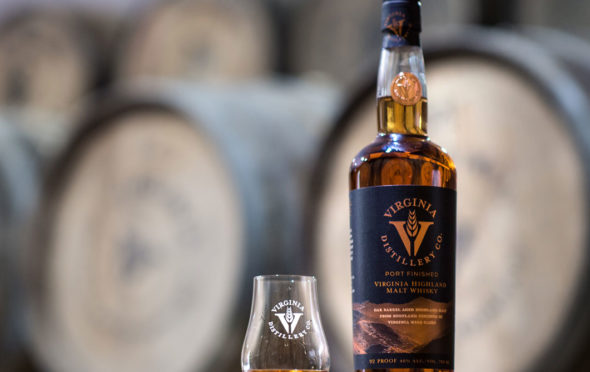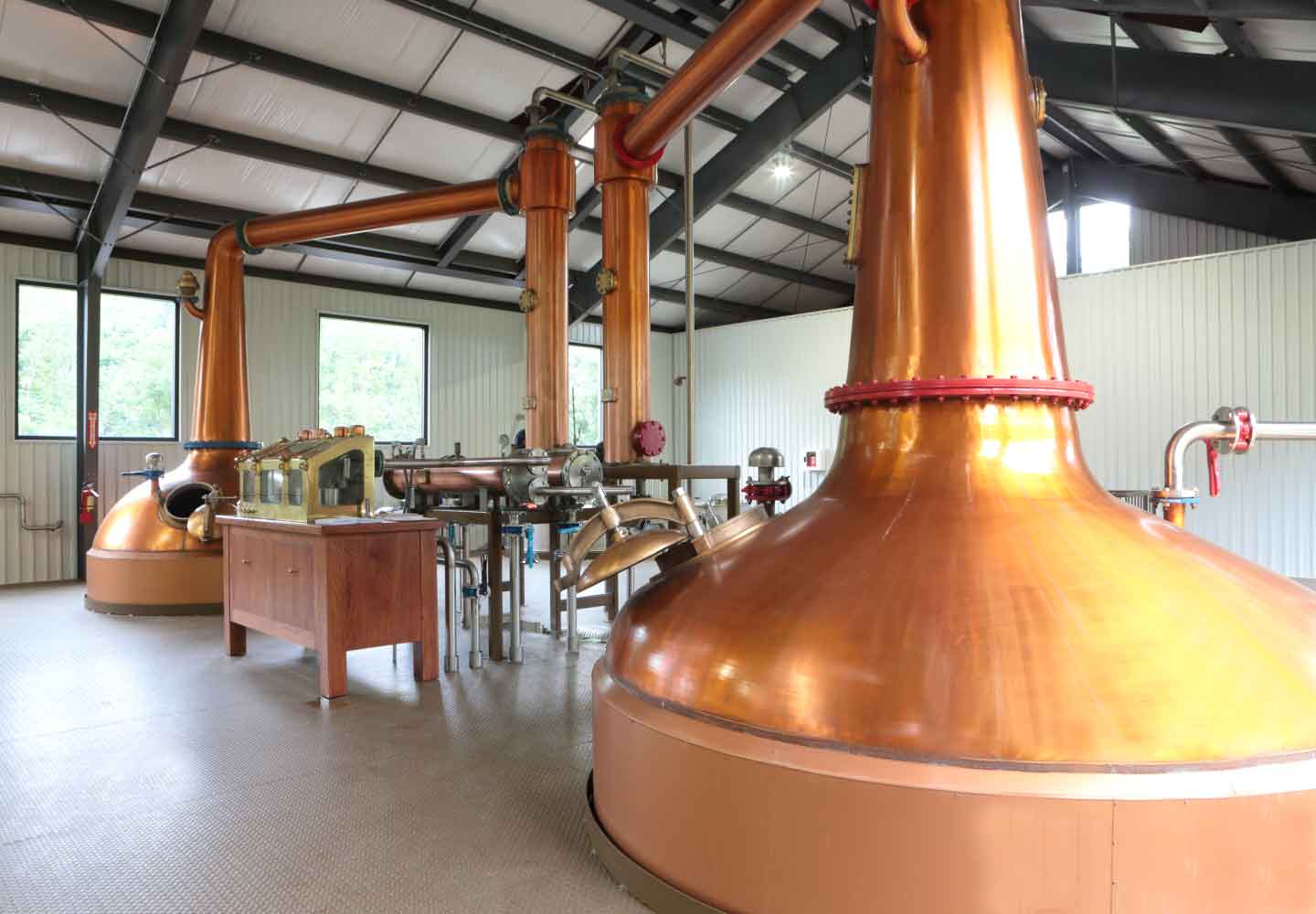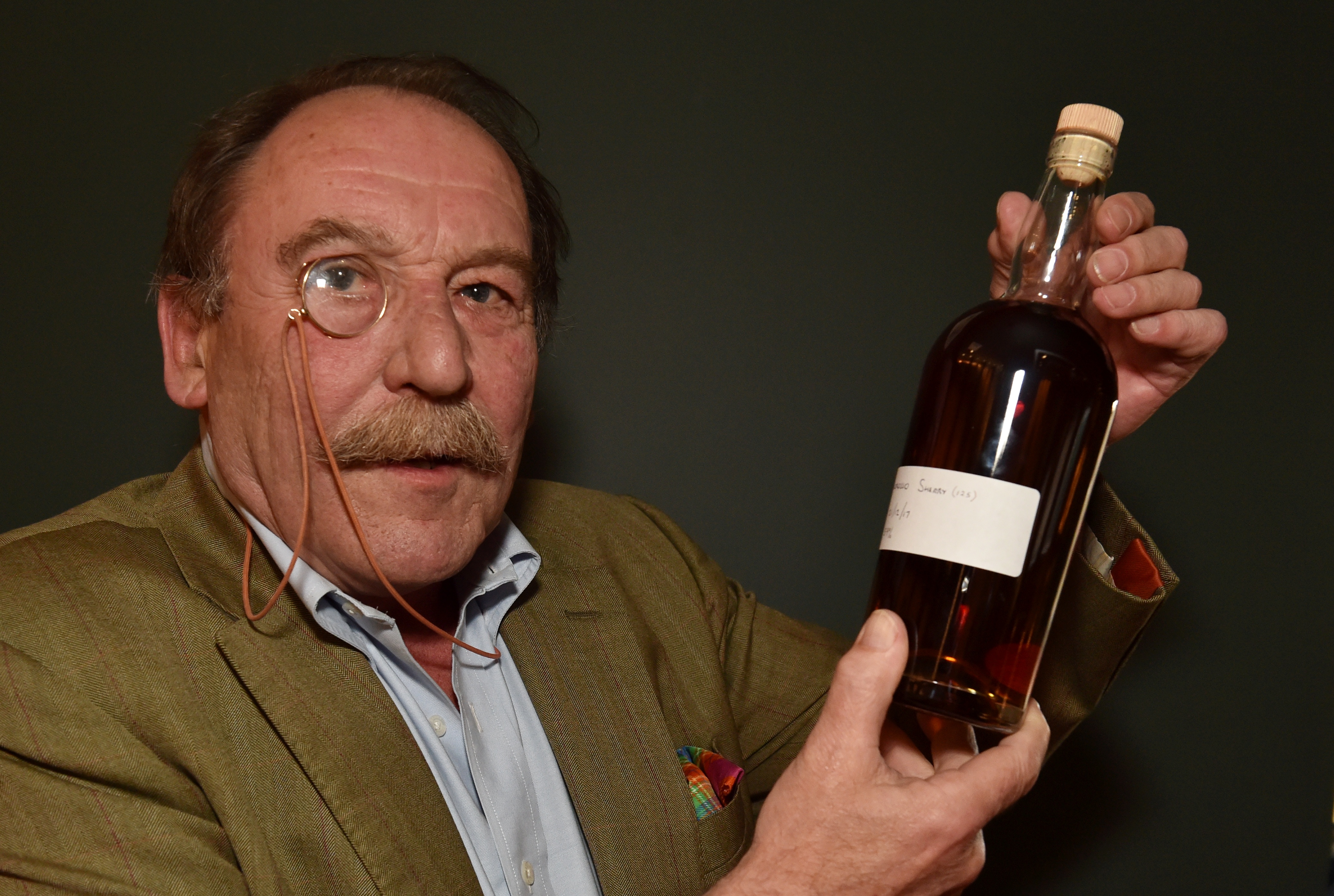
Scotland’s whisky watchdog is suing a distillery in the US over the use of the word “Highland”.
In a federal lawsuit filed last week, the Scotch Whisky Association (SWA) alleges the Virginia Distillery Co has engaged in “false, misleading and deceptive” labelling of whiskey sold under the brand name “Virginia-Highland Whisky”.
Whiskey made in the US is spelled with an “e”, and the lawsuit claims the use of the term “Highland” and its spelling of “whisky” falsely imply that the product is Scotch wholly produced in Scotland.
The US distillery imports whisky from Scotland, blends it with American single malt and finishes the liquid in Virginia using a variety of cask types. Gareth Moore, chief executive of Virginia Distillery, insisted the company has always been up front with its customers, with labels stating: “Whisky from Scotland, Married with Virginia Whisky”.
Mr Moore said he is confident the complaint will be resolved and that his company will “continue to expand the Virginia-Highlands Whisky brand across the US”.
He said: “We stand behind our product and its labelling.
“Our independent distillery launched the Virginia-Highland Whisky series over three years ago.
“Our production process pays tribute to both Old World and New World techniques while taking advantage of the climate provided by Virginia’s Blue Ridge Mountains. Our label clearly indicates the source of our whisky.”
The case has been lodged with the district court in Delaware. The SWA said it works to protect the intellectual property of Scotch whisky, and consistently takes action across the globe.
It said: “This is vital to protecting Scotland’s national drink and is a deterrent to those who seek to take advantage of the quality reputation of Scotch whisky.
“These proceedings were not taken lightly, but only after more than 12 months of attempts by the SWA to resolve this issue privately with the company in question.
“The association would still welcome a resolution of the matter without the need for federal court involvement.”
In February, the SWA won a long-running legal battle to stop a German distillery calling their single malt Glen Buchenbach.
The SWA took legal action through Hamburg’s regional court which ruled that the distillery must change the name of the whisky as it breached the geographical indication of Scotch.
The inclusion of the word “glen” in the branding could make consumers believe it was produced in Scotland, the court ruled.
Scotch whisky exports are worth £4.7 billion annually. They account for 70% of Scottish food and drink exports, 21% of all UK food and drink exports, and 1.3% of all UK exports.
The SWA says that 41 bottles of scotch whisky are shipped to 175 markets around the world each second, totalling more than 1.2 billion every year.
Laid end to end those bottles would stretch about 350,000kms – that’s 90% of the distance to the moon.
The expert: Charles MacLean, whisky historian and author
Scotch whisky is the most tightly defined spirit in the world.
The product’s flavour profile and global reputation is fiercely defended.
Any kind of grain might be used – wheat, maize, rye, not just malted barley – but the spirit has to be grain-based. Broadly, this definition has been adopted by other whisky-making countries, although they cannot label their products “Scotch whisky”, of course.
The exception is India, where most big brands are made from molasses alcohol, either flavoured with “whisky essence” or blended with grain-based whisky.
That such so-called “whiskies” cannot be sold outside India infuriates its distillers.
India is by far the largest consumer in the world. Seven of the top 10 brands by volume are Indian. The only non-Indian brands are Johnnie Walker, Jack Daniels and Jim Beam.
Any branding which might suggest the non-Scotch product comes from Scotland will be jumped on by the Scotch Whisky Association (SWA), the industry’s watchdog, which remains vigilant in pursuing such “passing off”.
This is why a recent release described as “Virginia-Highland whisky” has led to the SWA taking out a lawsuit in the US.
The defenders maintain the description to be accurate, since the product is a mix of Scotch and Virginia whiskies but, in 1938, the Scottish Court of Appeal found that a mix of Irish and Scotch whiskies could not be named “Scotch”.
It remains to be seen what the American courts decide.

Enjoy the convenience of having The Sunday Post delivered as a digital ePaper straight to your smartphone, tablet or computer.
Subscribe for only £5.49 a month and enjoy all the benefits of the printed paper as a digital replica.
Subscribe
 © Colin Rennie
© Colin Rennie